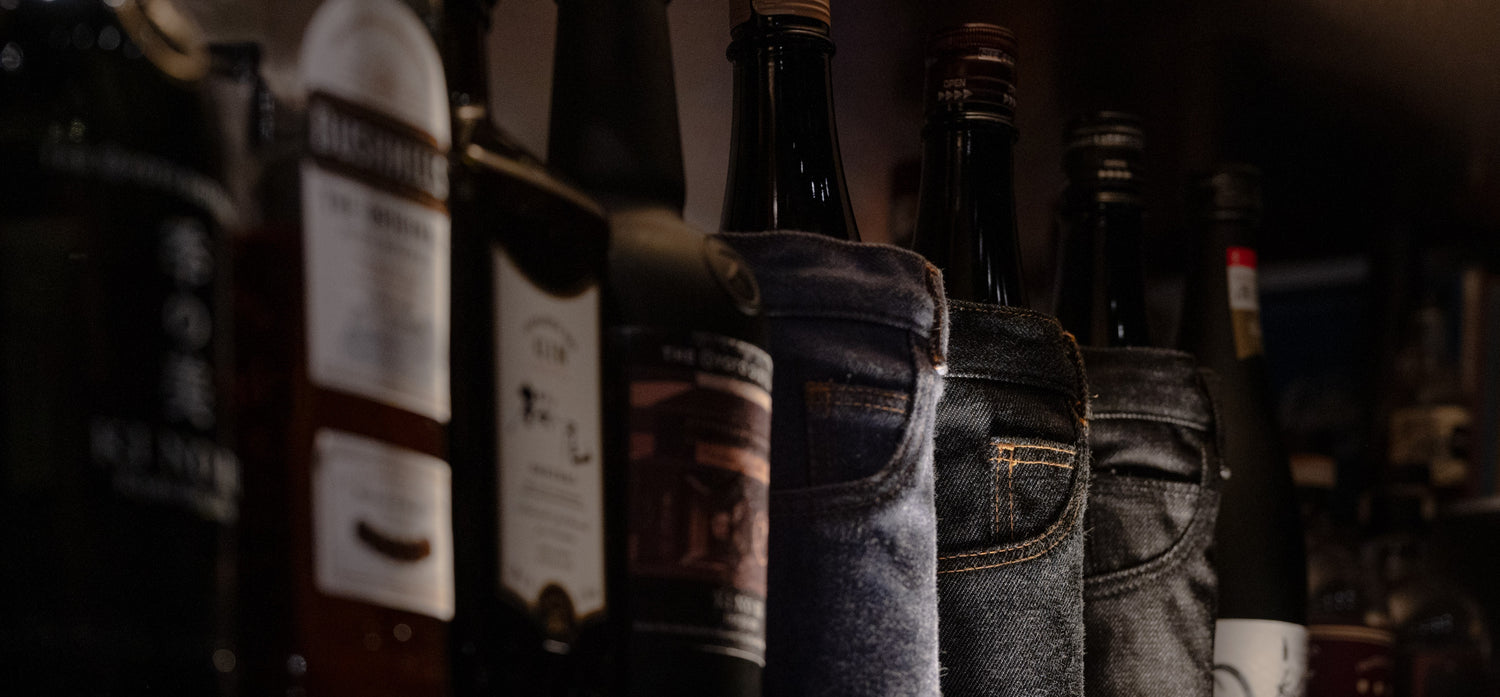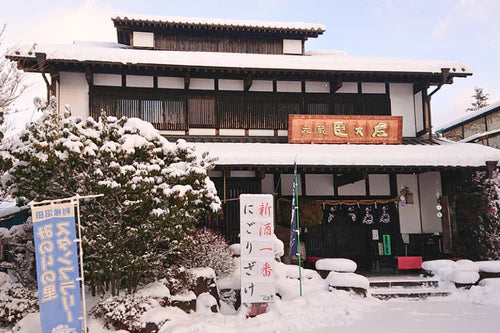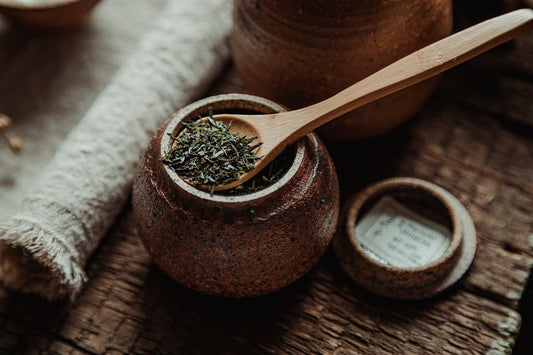Have you ever heard of the material “sakekasu (Sake-lee)”?
Sakekasu is the lees left over after the sake brewing process called "pressing".
It is rich in nutrients including carbohydrates, proteins, and vitamins which are derived from rice, rice koji (malted rice), and yeast, all of which are the raw materials of sake.
At the same time, not only can sakekasu also be found as a raw material in the brewing of "Kasutori shochu," it can even be utilized for many other purposes - from feeding livestock, as a soil-fertilizer, and even as a cosmetic ingredient in beauty products, to name a few.
Let’s look more deeply into just how useful sakekasu can be in our daily life!
Ways to Utilize Sakekasu for Food and Beverage Production
As briefly mentioned before, due to the many nutrients that Sakekasu contains, it has long been used as an excellent material for cooking in Japan.
Since it is also rich in amino acids, not only is Sakekasu a merely healthy ingredient, it can increase the food’s umami and richness when used in cooking. In recent times, it can be found in the cooking and making of ramen noodles and ice cream as well!
Needless to say, the rice itself – one of the raw materials that makes sake what it is – has always been a staple food for the Japanese people. The spirit and respect underlying the utilization of sakekasu, which is the lees of the squeezed sake, is a reflection of just how much the Japanese value rice in their culture.

1) Amazake
Amazake is one of Japan's traditional drinks, whose appearance and popularity can be dated back to even the Edo period (1603-1867), while it was once considered as a signature beverage for the midsummer season.
There are two types of amazake – and you guessed it, one of them is made from sakekasu!
So what are the major differences between the type of amazake that contains sakekasu and the one that doesn’t? For the former, particularly because sakekasu is included, this type of amazake contains a trace amount of alcohol and is not recommended for children and pregnant women.
It is impressive in its unique alcoholic aroma and sweetness, but at the same time, some people might prefer the other kind of amazake, which is made only from rice and rice malt, with no alcohol involved.
2. Sakekasu cake
Sakekasu can also be used in sweets!
It can be used in cheesecake to give it a rich flavor, or added as a secret ingredient to apple filling or chiffon cake.
Also, if you make pound cake with sakekasu and okara (a by-product that remains when soy milk is made), you will have a healthy dessert with low calories!
3. Shochu made with sakekasu
“Kasutori shochu" is a drink that can also be called "sakekasu shochu" – and, as the name suggests, it is a type of shochu made from sakekasu.
Unlike regular shochu, kasutori shochu is made by extracting the alcohol from sake lees. This shochu is produced mainly in areas within the Kitakyushu region, such as Fukuoka and Saga, where rice cultivation flourishes. Interestingly, sakekasu was originally used as a fertilizer for rice cultivation, and it is said that kasutori shochu was created by accident in the process of processing it into the fertilizer.
Unlike other shochu, particularly because it is made from sakekasu, it is considered to have the charm of sake.
The Use of Sakekasu in Other Aspects
1. Fertilizer for gardening
Sakekasu is used as an organic fertilizer in some parts of the world.
Since sakekasu is originally rich in amino acids, fertilizers made from it can be expected to enrich the soil and promote plant growth.
Due to the rich amount of yeast, nucleic acid and vitamins in sakekasu, it is considered as a fertilizer particularly effective for growing tomatoes, cucumbers, and other fruit-bearing vegetables!

2. As cosmetics
What’s more, sakekasu has become an ingredient found in cosmetics too!
The reason can be traced back to the process of sake brewing – not only is there a large amount of enzymes involved, there is also vitamin B2, an ingredient that is effective in keeping the skin beautiful and radiant.
Because of this, it is said that the hands of the toji - the main craftsman responsible for the sake-brewing process - are smooth and wrinkle-free, which become an interesting side-effect of the otherwise labor-intensive brewing process!
And thanks to the existence of sakekasu, we now have more options of lotions and skincare products to choose from in the market.
Summary
Useful as it is, the practicality of sakekasu is yet to make its name in the overseas market. Now that we are aware of how sakekasu can fulfill its many purposes, let’s keep an eye out for and keep count of its noble existence in our daily surroundings!





